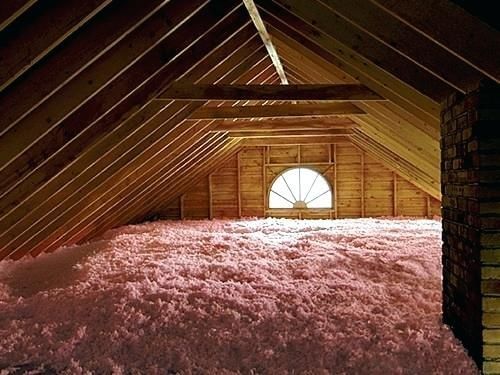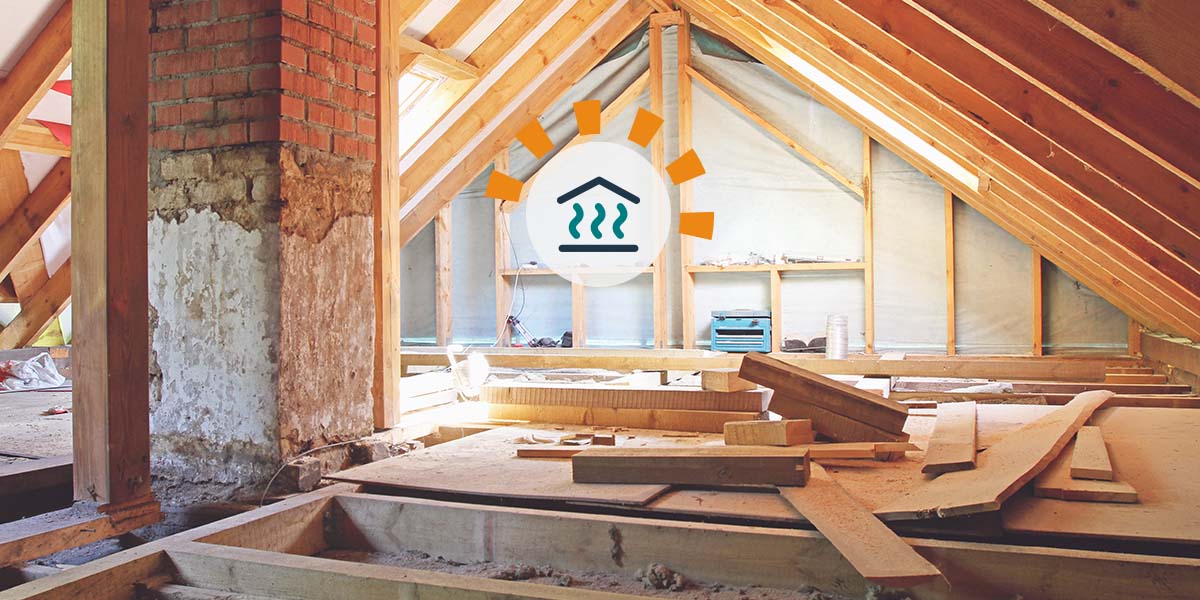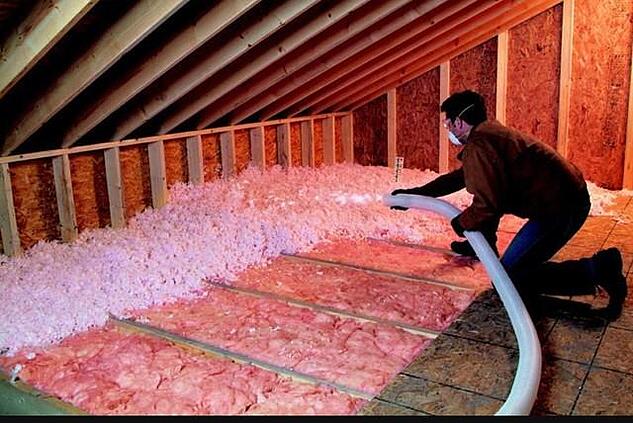The Ultimate Guide to Choosing the Right Attic Insulation DFW Provider
The Ultimate Guide to Choosing the Right Attic Insulation DFW Provider
Blog Article
Discover the Different Sorts Of Attic Insulation and Their Unique Benefits for Your Home's Power Efficiency

Fiberglass Insulation
Fiberglass insulation is just one of the most typically used products for attic room insulation because of its exceptional thermal efficiency and cost-effectiveness. Composed of little glass fibers, this material efficiently catches air, creating an insulating barrier that assists preserve regular interior temperatures. Its high R-value per inch makes it particularly effective at standing up to heat transfer, which is crucial for power preservation in homes.
Installation of fiberglass insulation is reasonably simple, commonly available in batts or loose-fill types, accommodating numerous attic room setups. Additionally, it is resistant and non-combustible to moisture, decreasing the threat of mold and mildew advancement. This toughness adds to its long life, making fiberglass a sensible long-term investment for homeowners.
In addition, fiberglass insulation is frequently produced from recycled products, which boosts its eco-friendliness. The material can also contribute to soundproofing, reducing noise transfer between rooms. While it is necessary to wear protective gear throughout installment to stay clear of irritability from the fibers, the total advantages of fiberglass insulation, including power cost savings and environmental factors to consider, make it a popular option for improving attic efficiency and advertising a comfortable living environment.
Spray Foam Insulation
Spray foam insulation is an extremely reliable alternative for attic insulation, understood for its superior air securing and thermal efficiency. This innovative insulation material is composed of a combination of isocyanate and polyol material, which, when combined, increases quickly to fill up spaces and dental caries in the attic room. Its ability to follow different surfaces makes certain a continual obstacle against air leakages, considerably minimizing heat loss during colder months and warm gain throughout warmer periods.
Among the crucial advantages of spray foam insulation is its high R-value per inch, which means it supplies exceptional thermal resistance in a reasonably thin application. This is especially beneficial in attic rooms where area is usually restricted. Additionally, spray foam can help reduce dampness build-up, reducing the risk of mold and mold growth, which can be destructive to both the framework and interior air top quality.
While the first cost of spray foam insulation might be greater than standard alternatives, its lasting energy savings, coupled with raised convenience and boosted home worth, make it a beneficial financial investment for home owners seeking boosted energy performance. Attic Insulation DFW. On the whole, spray foam insulation attracts attention as an efficient remedy for enhancing attic insulation
Cellulose Insulation

Cellulose insulation is a prominent option for attic insulation, mostly made up of recycled paper products treated with fire retardants. This eco-friendly option is understood for its superb thermal performance, successfully minimizing warmth transfer in both summer and wintertime months. The thick structure of cellulose allows it to fill voids and spaces in attic room rooms, providing a seamless barrier versus air leakages.
Among the significant advantages of cellulose insulation is its capacity to withstand mold and mildew and insects, owing to the fire resistant therapies made use of throughout manufacturing. Additionally, it boasts a high R-value per inch, which translates into remarkable energy efficiency. Homeowners can anticipate reduced cooling and heating expenses as an outcome of boosted insulation.
Installment is normally achieved via blowing loose cellulose right into the desired location, enabling for a effective navigate to these guys and fast process. This technique also reduces disruption to the existing framework. Cellulose insulation has a relatively low environmental impact, as its manufacturing procedure makes use of recycled products, contributing to sustainable building practices.
Rock Woollen Insulation
Among the different choices for attic insulation, rock woollen, also referred to as mineral woollen, stands out as a result of its outstanding thermal and acoustic performance. Made from all-natural or recycled products, rock wool is produced by thawing rock and spinning it into fibers, leading to an item that provides excellent insulation buildings.
One of the significant benefits of rock wool insulation is its high R-value, which indicates its effectiveness in standing up to heat flow. This characteristic not only enhances energy performance however additionally contributes to maintaining a comfortable interior temperature level year-round. In addition, rock wool is naturally fireproof, making it a much safer option for homes as it can stand up to heats without melting or releasing toxic fumes.
In addition, rock wool insulation stands out in soundproofing capabilities, efficiently minimizing noise transmission between rooms and from outside sources. In general, rock wool insulation provides a thorough option for improving power efficiency, safety and security, and comfort in residential setups.
Glowing Barrier Insulation
Radiant obstacle insulation functions as an effective remedy for decreasing warmth transfer in attics, specifically in warmer climates. This sort of insulation works by mirroring convected heat far from living areas, therefore reducing the quantity of warmth that enters a home throughout warm climate - Attic Insulation DFW. Typically composed of a very reflective material, such as aluminum foil, glowing barriers are mounted in attic rooms, facing the roof, where they can obstruct inbound warm from the sun
The main advantage of helpful site glowing obstacle insulation is its capacity to lower cooling prices. By mirroring warm rather than absorbing it, radiant obstacles can help maintain a more stable interior temperature, decreasing the workload on a/c systems. This effectiveness equates right into lower energy expenses and boosted convenience for home owners.
In addition to energy cost savings, glowing obstacles can likewise add to improved indoor air top quality. By reducing heat build-up, they assist decrease humidity levels, which can avoid mold and mildew growth and boost total air flow. When mounted properly, radiant obstacle insulation can be a very useful addition to any type of energy-efficient home, making it a worthwhile consideration for homeowners aiming to improve their attic room insulation strategy.
Conclusion
In conclusion, comprehending the various types of attic room insulation-- fiberglass, spray foam, cellulose, rock wool, and radiant obstacles-- allows homeowners to make educated choices pertaining to power effectiveness. By selecting the suitable insulation material, significant decreases in energy costs can be achieved, along with enhancements in indoor convenience.

In final thought, understanding the various kinds of attic room insulation-- fiberglass, spray foam, cellulose, rock wool, and glowing barriers-- enables property owners to make educated decisions relating to power performance.
Report this page